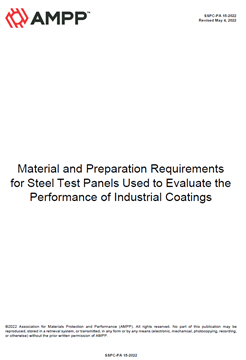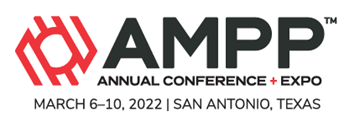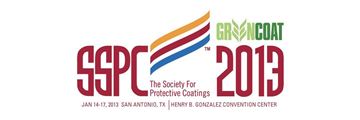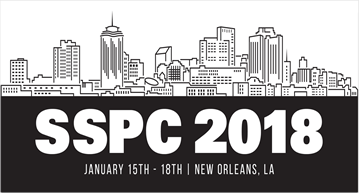Search
Products tagged with 'protective coatings'
View as
Sort by
Display
per page
SP0285-2011-SG (antes RP0285) (Spanish), "Control de la corrosión exterior en sistemas de tanques de almacenamiento enterrados mediante protección catódica"
Product Number:
21178-SG
ISBN:
1-57590-143-9
Publication Date:
2011
$179.00
SP0375-2018-SG, Field-Applied Underground Wax Coating Systems for Underground Metallic Pipes: Application, Performance, and Quality Control
Product Number:
21013-SG
ISBN:
1-57590-089-0
$109.00
SSPC-CS 23.00/AWS C2.23M/NACE No. 12, “Specification for the Application of Thermal Spray Coatings (Metallizing) of Aluminum, Zinc, and Their Alloys and Composites for the Corrosion Protection of Steel”
Product Number:
21100-SG
ISBN:
0-87171713-1
Publication Date:
2016
$109.00
SSPC-PA 15-2022, Material and Preparation Requirements for Steel Test Panels Used to Evaluate the Performance of Industrial Coatings
Product Number:
SSPC-PA 15-2022
Publication Date:
2022
$109.00
Standards, Training and Certifications in the Marine Coatings Industry
Product Number:
41216-948-SG
Publication Date:
2016
$20.00
The Corrosion of Electrocoated Steel Studied by a Combination of Accelerated Exposure and Electrochemical Methods
Product Number:
51324-21121-SG
Publication Date:
2024
$40.00
The Effects Of Different Blast Abrasives On The Performance Of Liquid-Applied Epoxy Pipeline Coatings
Product Number:
51322-17806-SG
Publication Date:
2022
$20.00
The Evaluation and Use of OAP Coatings for KYTC Bridge Maintenance Painting
Product Number:
41213-806-SG
Publication Date:
2013
$20.00
The History of Protective Coating Use in- US Nuclear Power Plant
Product Number:
51218-165-SG
Publication Date:
2018
$20.00
The Impact: Traveling Faster Than the Speed of Sound, Protective Coatings at Work
Product Number:
41216-997-SG
Publication Date:
2016
$20.00
The Use of Coatings for Corrosion Control on Offshore Oil Structures
Product Number:
41206-219-SG
Publication Date:
2006
$20.00
The Use of Composites in Facility Integrity Programs
Product Number:
51323-18976-SG
Publication Date:
2023
$20.00












